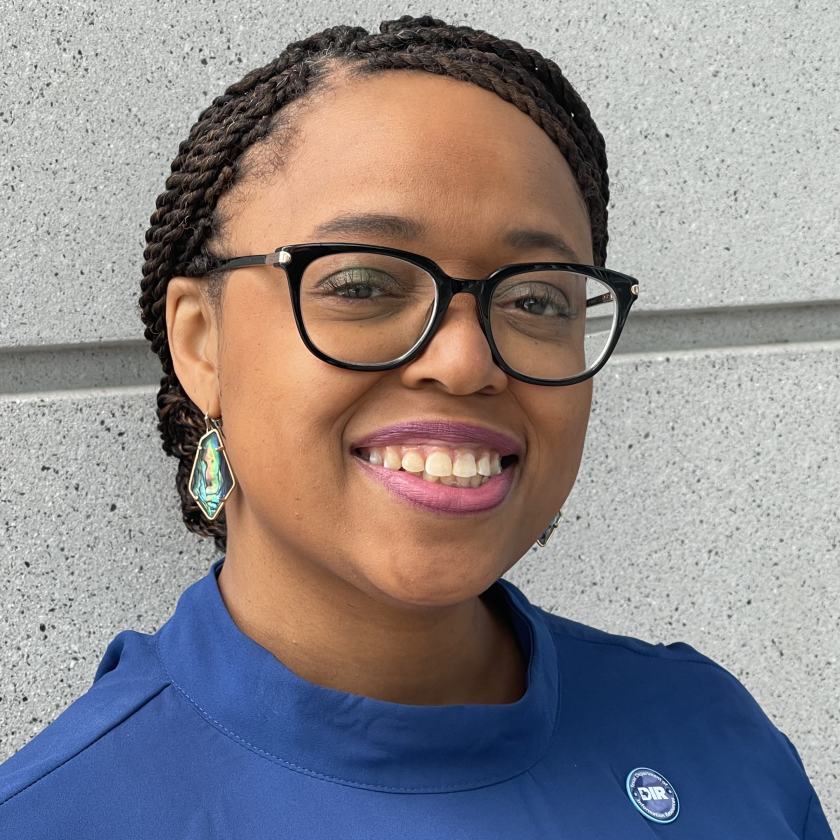
That was the message Monday from the NASCIO (National Association of State CIOs) 2023 Midyear Conference in suburban Washington, D.C.
Workforce challenges aren’t a new concern, given the shift to remote work during the pandemic and the resulting growth of gov tech to accommodate that. Next came the so-called Great Resignation, layoffs in big tech and other changes.
Meanwhile, public agencies face the traditional challenge of recruiting top talent who can often command larger salaries in private industry.
All that said, the sense of urgency in hiring and retaining tech pros in government seemed heightened at the NASCIO conference, thanks in part to a lessons-learned presentation from Lisa Jammer, chief people and culture officer for the Texas Department of Information Resources (DIR).
She said 2023 has the highest level of workforce shortages in almost 20 years, with nearly 80 percent of global companies experiencing them. That problem highlights for managers the importance of building an attractive workplace culture and attending to employees who feel their careers have stalled.
The key to overcoming those hurdles is for employers to be proactive, Jammer said, offering examples from her own agency. For instance, managers should find ways to check in and talk with employees about what they think their agency is doing right and what problems might be emerging, instead of waiting to learn such information during exit interviews.
Jammer said DIR conducts regular focus groups with randomly selected employees, with bosses making sure to give those workers credit for useful ideas.
The agency also takes inspiration from pop culture to help tackle “business problems” in a collaborative way that involves its labor force.
“We host our own version of ‘Shark Tank,’” she said, referring to the long-running TV show where entrepreneurs pitch their ideas before investors. “The employees love it. They get to innovate and they feel like stakeholders.”
That can have measurable impacts. Employees who feel that they belong to an organization tend to use fewer sick days and are “more willing to stay at the job,” Jammer said.
Employees who have decided to quit and seek new jobs tend to spend 11 hours per week on that search, she told the NASCIO audience. That presents another opportunity for agencies: Channel that energy into an internal job search via a “structured program” that can help existing employees move vertically or laterally within the organization.
Seemingly common-sense approaches can work wonders as well in this emerging workplace environment, she said, stressing the importance of employee recognition. That takes more than just a pro forma pat on the back, though — it takes a genuine change in how agencies view their workers.
“Employees stopped being employees during the pandemic,” Jammer said. “They are people, and we can’t put the toothpaste back in the tube.”
See more: Watch Jammer talk about DIR’s employee culture.
This story originally ran in Government Technology, sister publication to Industry Insider — Texas.








